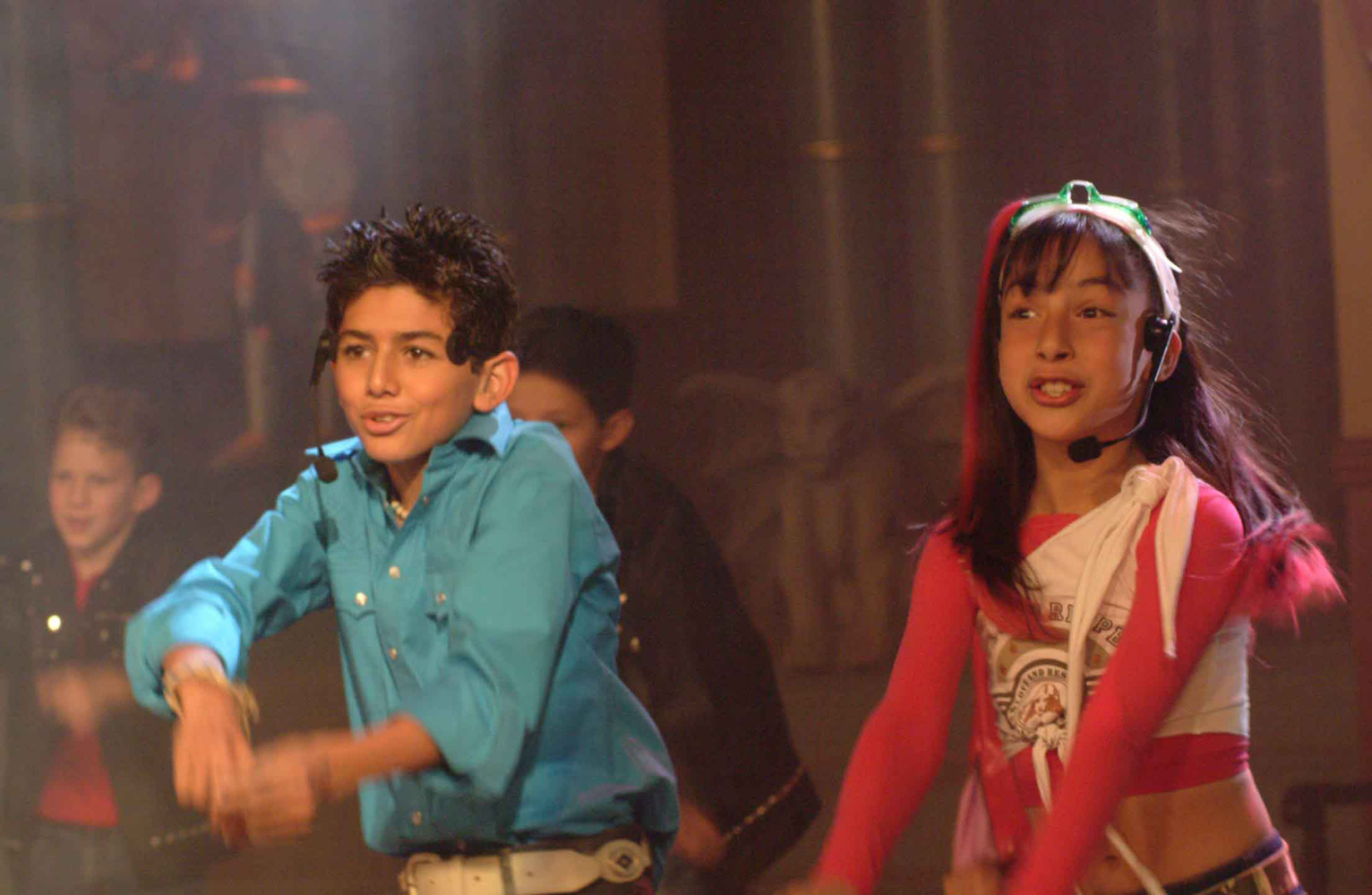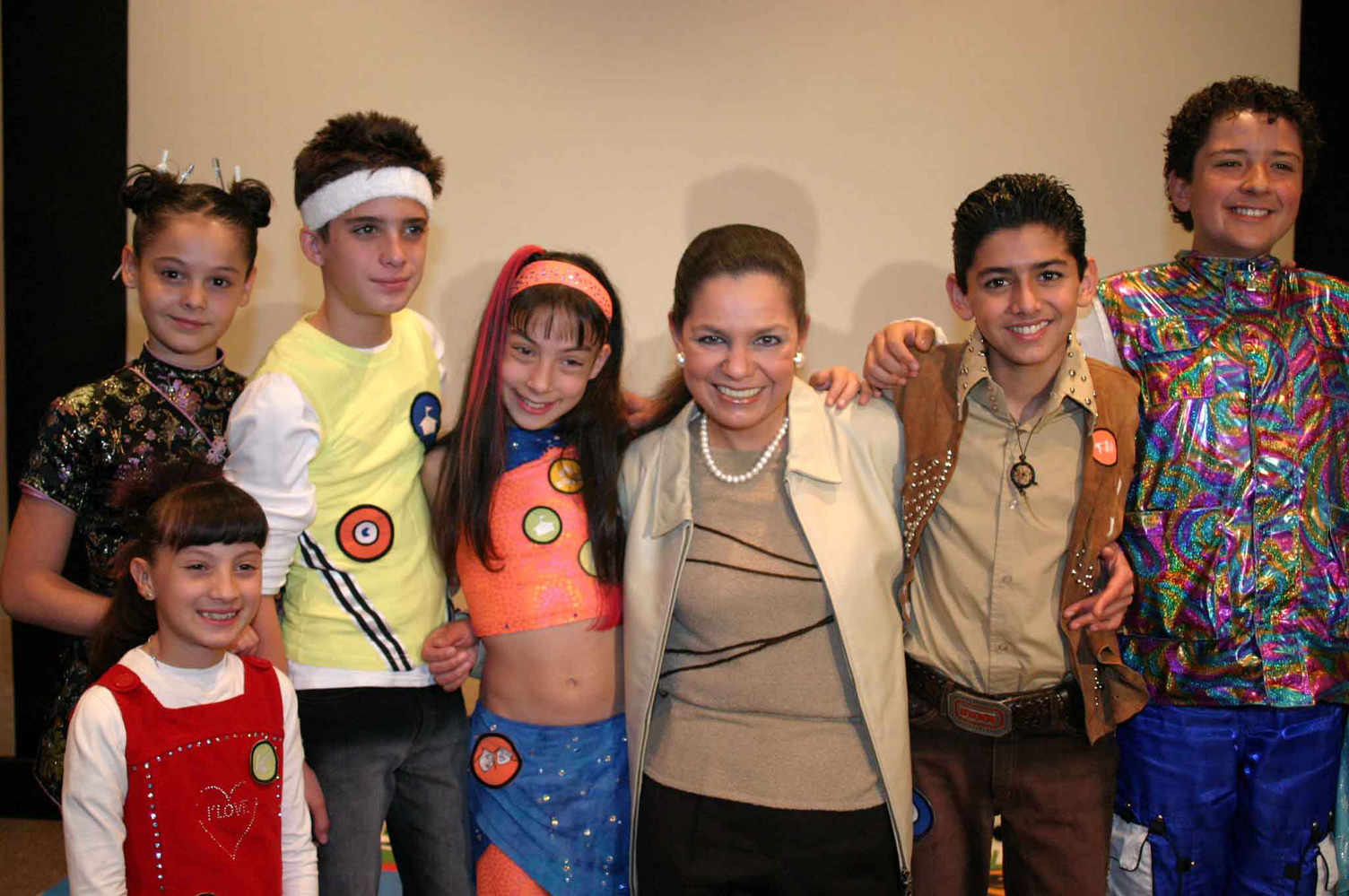Alegrijes y Rebujo is not just a phrase; it represents a magical world filled with creativity, color, and cultural significance. Originating from Mexico, these fantastical creatures symbolize a rich tapestry of folklore and artistic expression. Alegrijes are brightly colored Mexican folk art sculptures of fantastical creatures, while rebujos are often intricate designs or patterns that embellish these sculptures. Together, they tell stories that transcend generations and invite us to explore the imagination of their creators.
In this article, we will delve into the fascinating history and cultural significance of alegrijes y rebujos, uncovering the stories behind these artistic marvels. From their origins in the Oaxaca region to their rise in popularity beyond Mexico, we will navigate through the vibrant landscape of these creatures and the artisans who bring them to life. Prepare to be enchanted as we embark on this colorful journey!
As we explore the significance of alegrijes y rebujos, we will also discuss their impact on contemporary art and their role in preserving Mexican cultural heritage. This exploration will reveal how these whimsical creatures are not only playful representations but also powerful symbols of identity and creativity. So, let’s dive in and discover the magic behind alegrijes y rebujos!
What Are Alegrijes?
Alegrijes are unique and vibrant creatures crafted from various materials, often wood, and painted in an array of bright colors. They are characterized by their imaginative combinations of different animals, both real and mythical. The term "alegrije" was first introduced by artist Pedro Linares in the 1930s when he created a fantastical dream in which he encountered these creatures. Since then, they have become synonymous with Mexican folk art.
How Are Alegrijes Made?
The creation of alegrijes is a meticulous art form that involves several steps:
- Designing: Artisans sketch their ideas on paper, often drawing inspiration from nature, mythology, and personal experiences.
- Crafting: The sculptures are typically carved from copal wood, which is then sanded and prepared for painting.
- Painting: Artisans use vibrant colors and intricate patterns to bring the sculptures to life, often incorporating traditional motifs.
- Finishing: A final coat of varnish is applied to protect the artwork and enhance its colors.
What is the Cultural Significance of Alegrijes?
Alegrijes hold deep cultural significance in Mexico, representing the fusion of indigenous traditions and contemporary artistic expressions. They embody the spirit of creativity, allowing artists to express their identities and connect with their cultural heritage. Alegrijes are also used in festivals and celebrations, symbolizing joy and unity among communities.
What Are Rebujo Patterns?
Rebujo refers to the intricate patterns and designs that adorn alegrijes. These embellishments add depth and complexity to the sculptures, transforming them into truly unique works of art. Rebujo patterns often reflect traditional Mexican designs, including geometric shapes, floral motifs, and symbolic imagery.
How Do Rebujo Patterns Enhance Alegrijes?
The integration of rebujos into alegrijes serves several purposes:
- Aesthetic Appeal: The vibrant patterns make each sculpture visually striking and captivating.
- Storytelling: The designs often tell stories or convey messages, adding layers of meaning to the artwork.
- Cultural Connection: Rebujo patterns link the sculptures to Mexican heritage and traditions, grounding them in a rich cultural context.
How Can We Appreciate Alegrijes y Rebujo?
To fully appreciate alegrijes y rebujos, one can:
- Visit local artisan markets and galleries to experience the craftsmanship firsthand.
- Participate in workshops or classes to learn about the techniques and history behind these art forms.
- Support local artists by purchasing their works, ensuring the continuation of this vibrant tradition.
- Share the stories of alegrijes y rebujos with friends and family to promote cultural awareness.
Are Alegrijes y Rebujo Gaining Popularity Internationally?
Yes, alegrijes y rebujos have gained significant popularity beyond Mexico's borders. Art enthusiasts and collectors around the world are drawn to the unique aesthetic and cultural significance of these creations. Exhibitions showcasing Mexican folk art have helped introduce alegrijes to a global audience, celebrating their beauty and importance.
Who Are the Prominent Artists in Alegrijes y Rebujo?
Several talented artisans have made a name for themselves in the world of alegrijes y rebujos. Some of the most notable include:
- Manuel Jiménez: A renowned artist known for his intricate and colorful sculptures.
- Rufino Tamayo: A famous painter who incorporated elements of folk art, including alegrijes, into his work.
- Pedro Linares: The creator of the original concept of alegrijes, whose legacy continues to inspire artists.
What is the Future of Alegrijes y Rebujo?
The future of alegrijes y rebujos looks bright as new generations of artists emerge, blending traditional techniques with contemporary styles. The continued appreciation for these art forms helps ensure that the cultural heritage they represent remains alive and vibrant. As they evolve, alegrijes y rebujos will continue to captivate audiences, inviting them to explore the rich tapestry of Mexican folklore and creativity.
Conclusion: Why Should We Celebrate Alegrijes y Rebujo?
In summary, alegrijes y rebujos are not merely artistic creations; they are a celebration of culture, identity, and imagination. By embracing and promoting these vibrant expressions of Mexican folk art, we can honor the rich traditions that have shaped them and ensure their continued relevance in our global society. Whether through purchasing a sculpture, sharing the stories of these fantastical creatures, or participating in cultural events, we all have a role in preserving the magic of alegrijes y rebujos for future generations.




